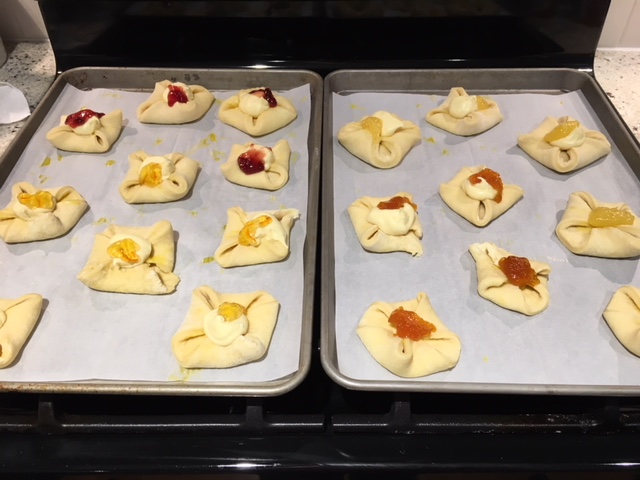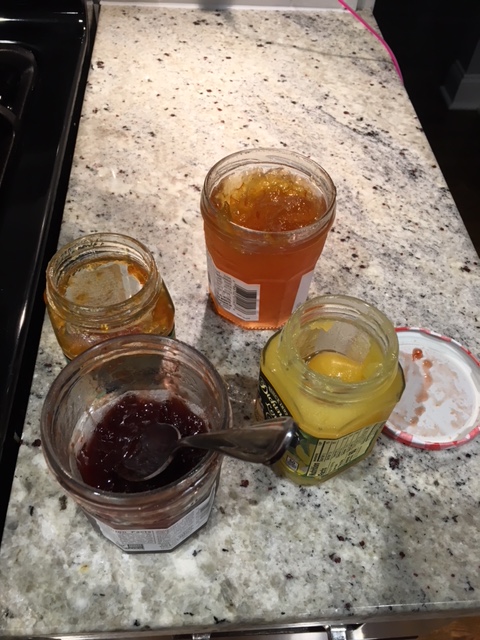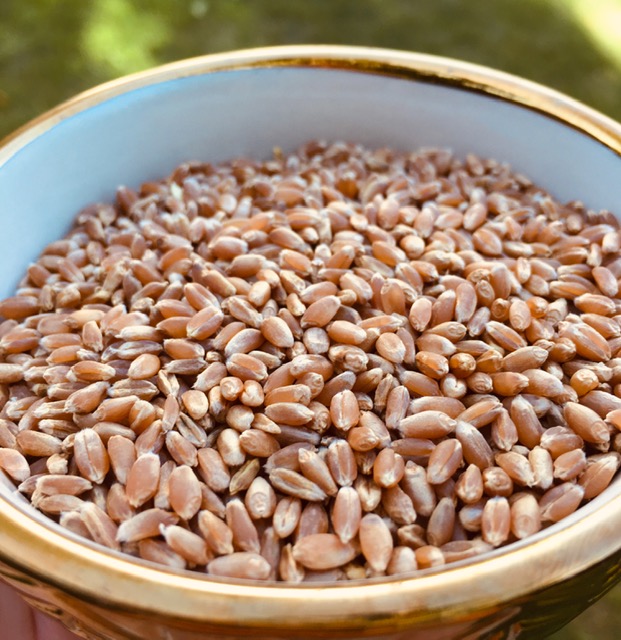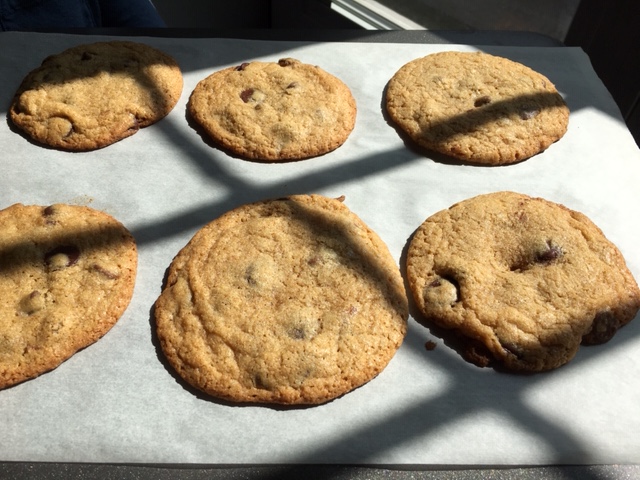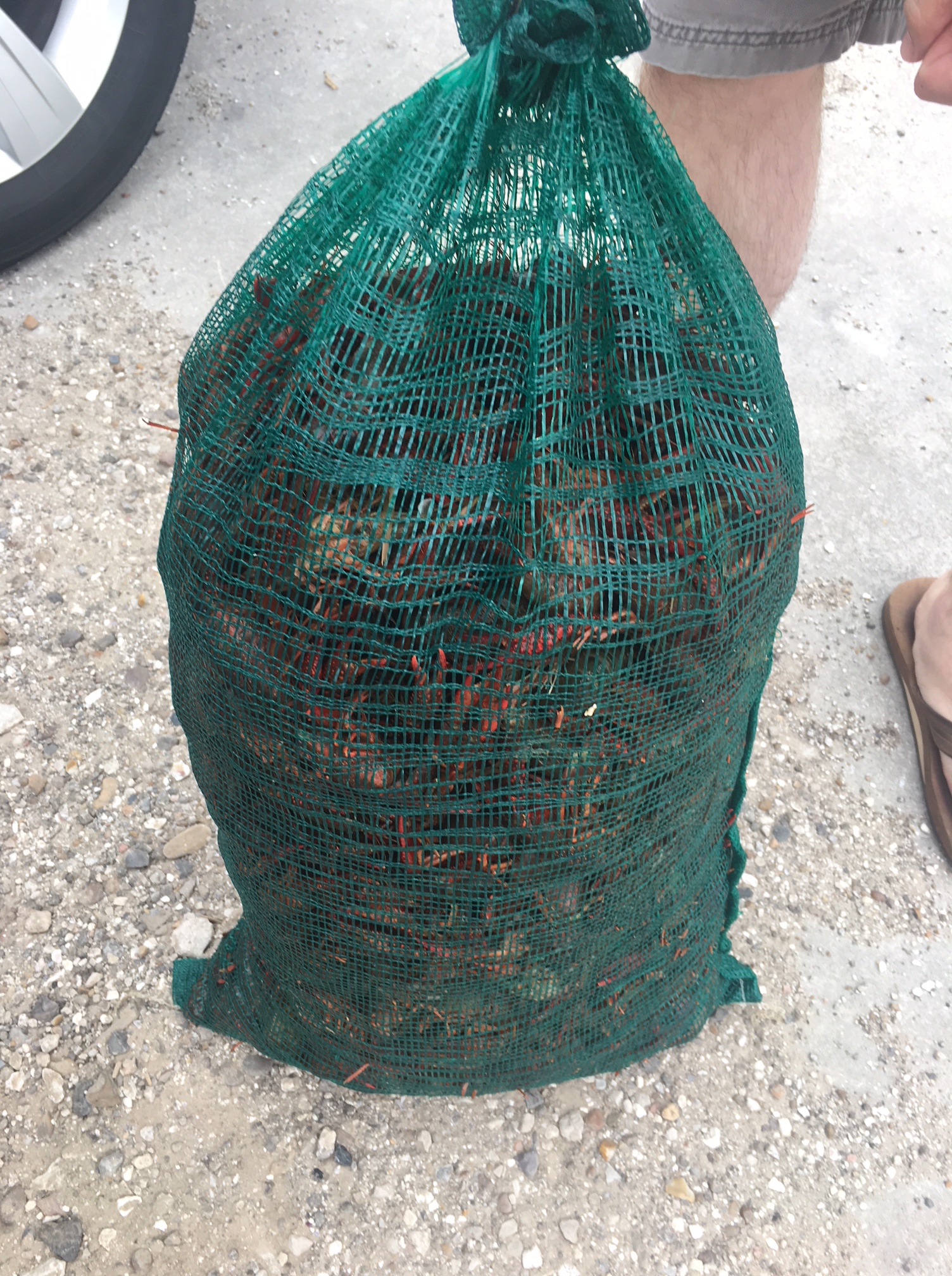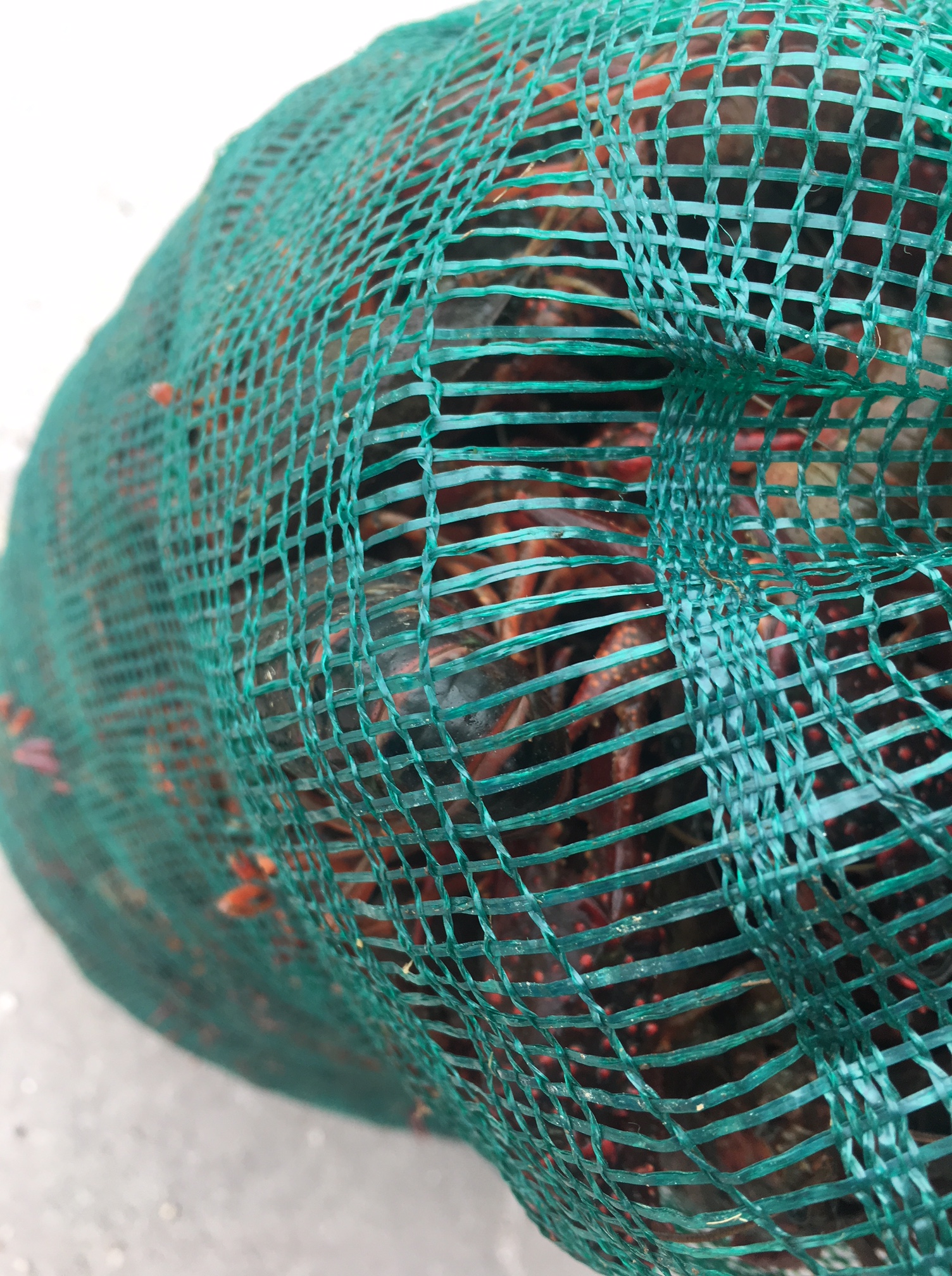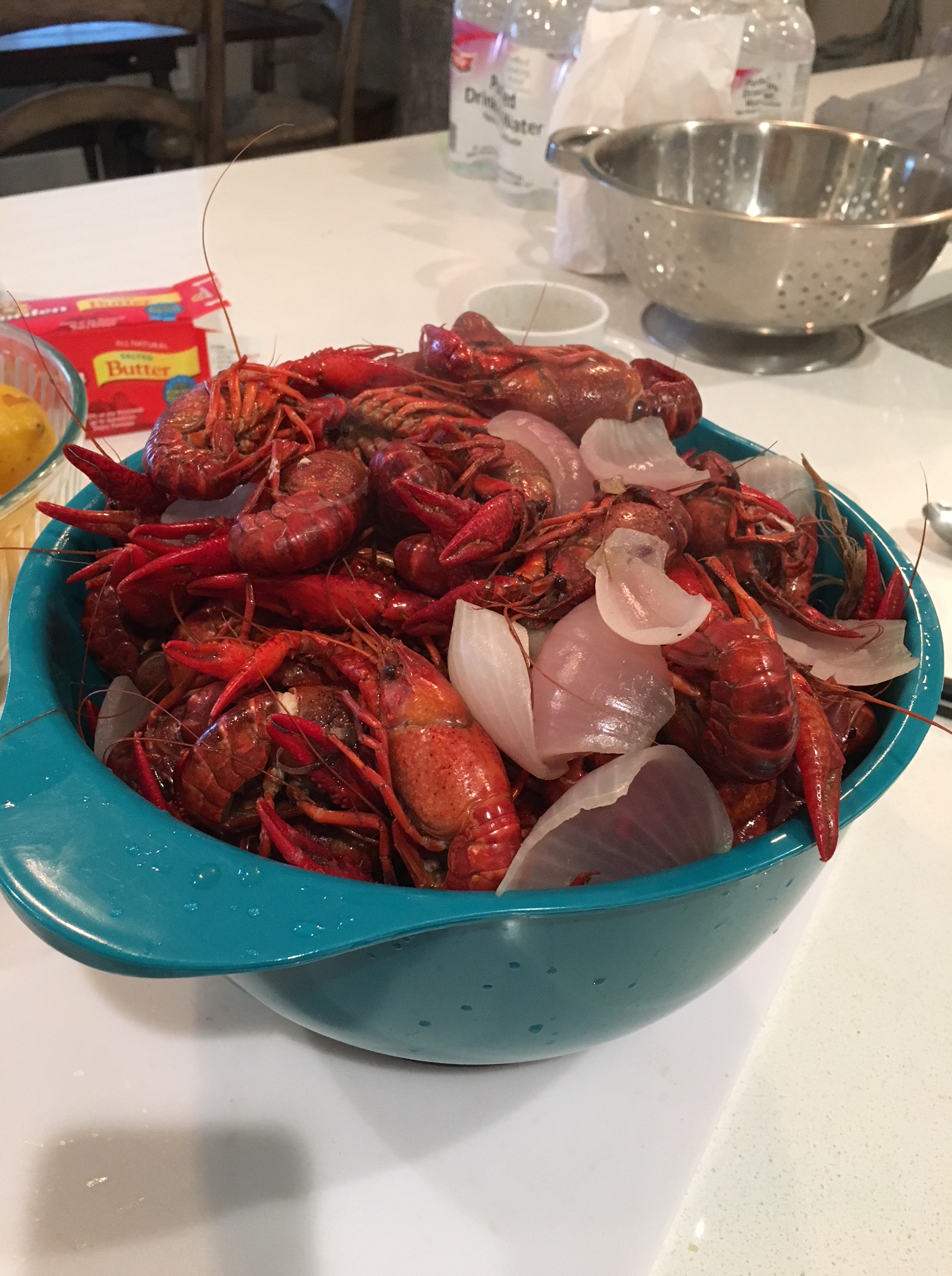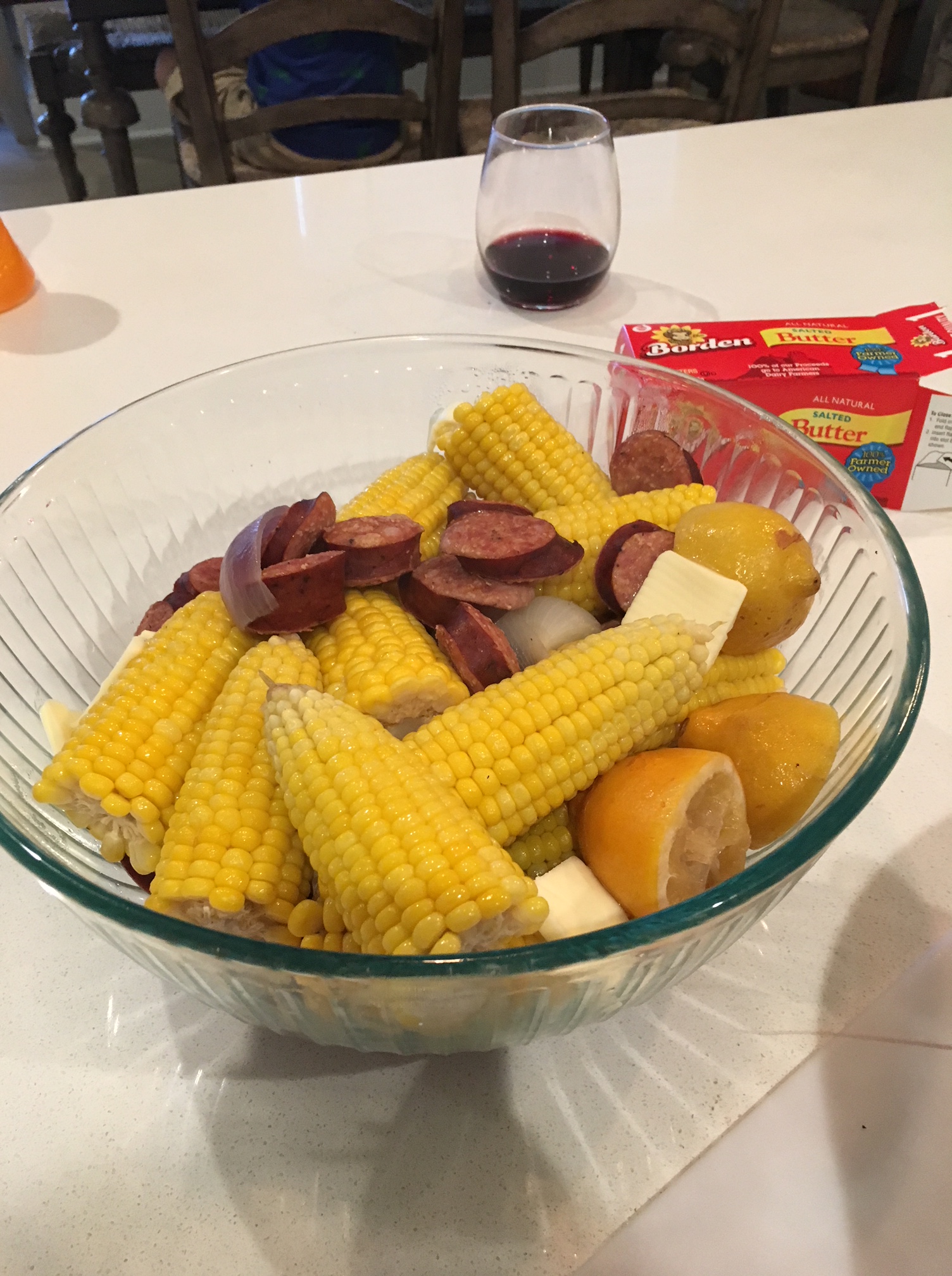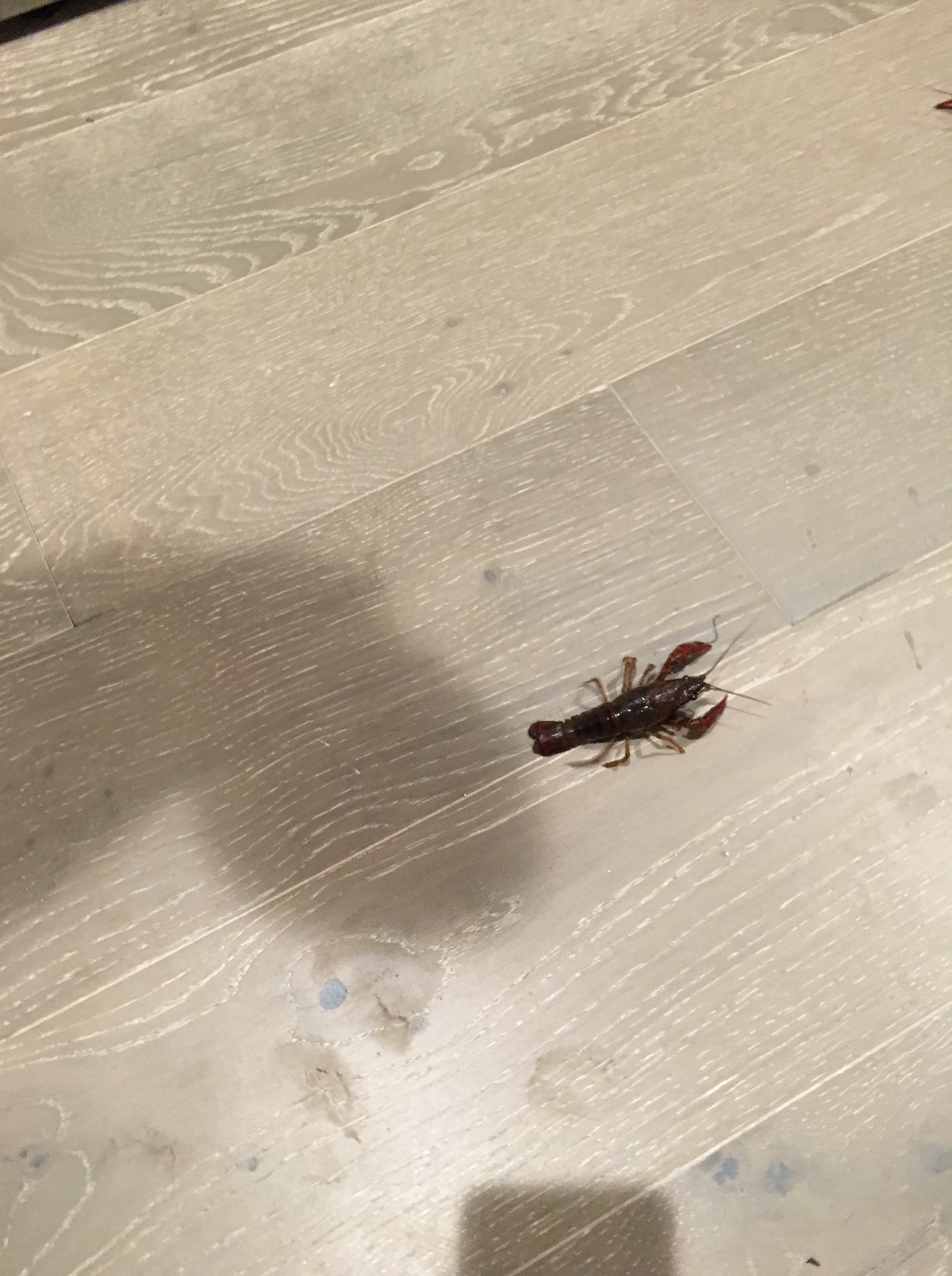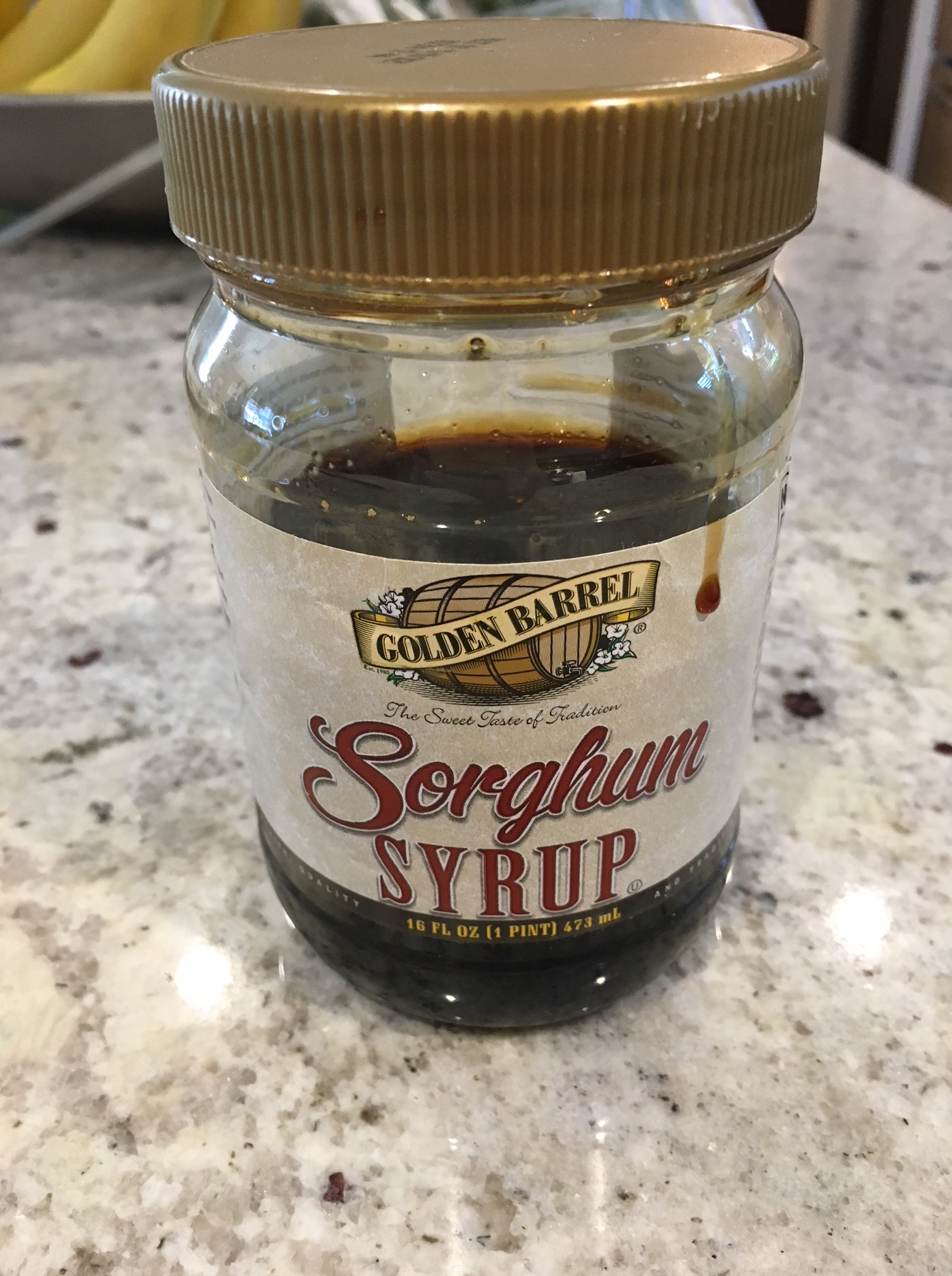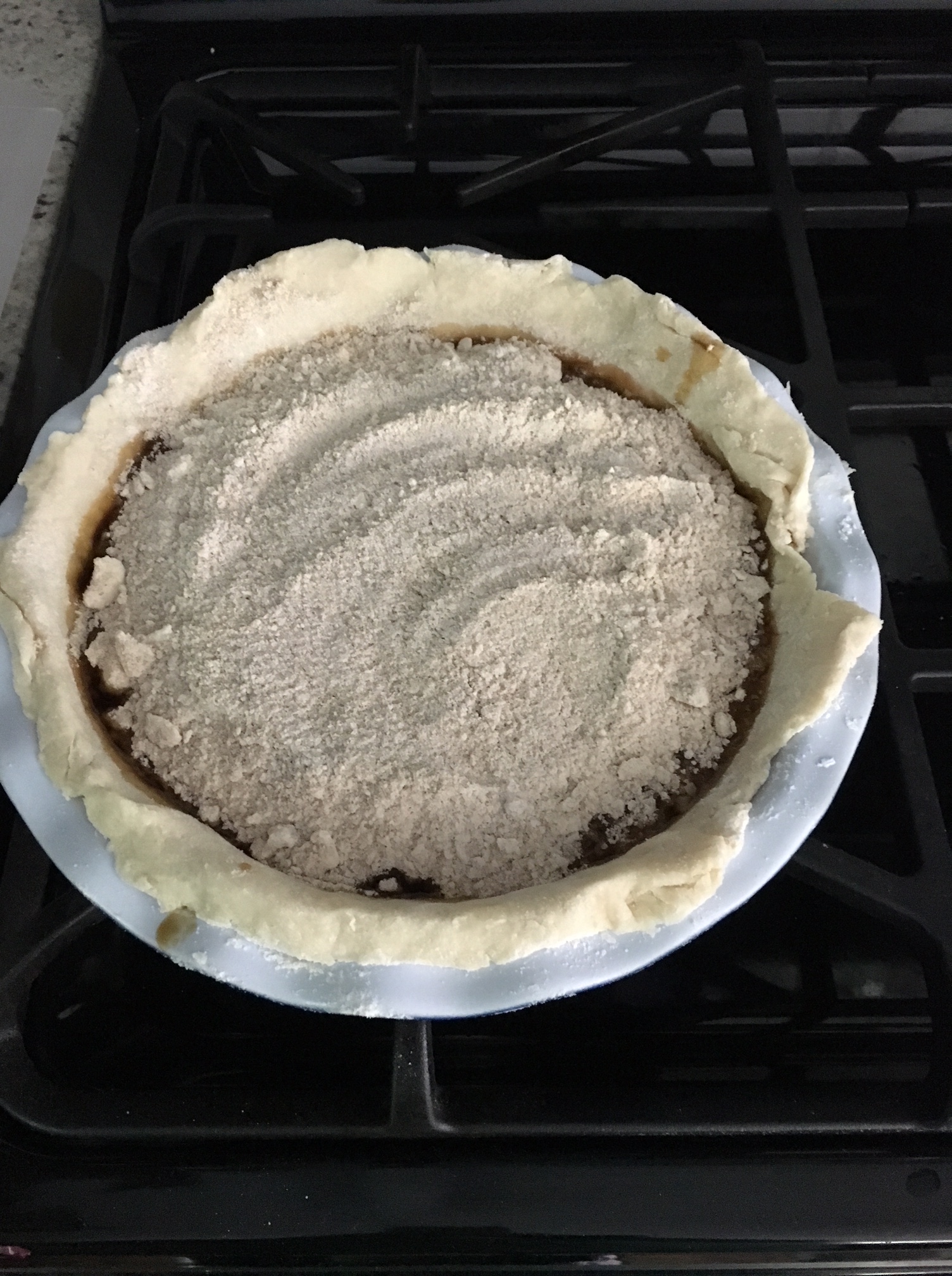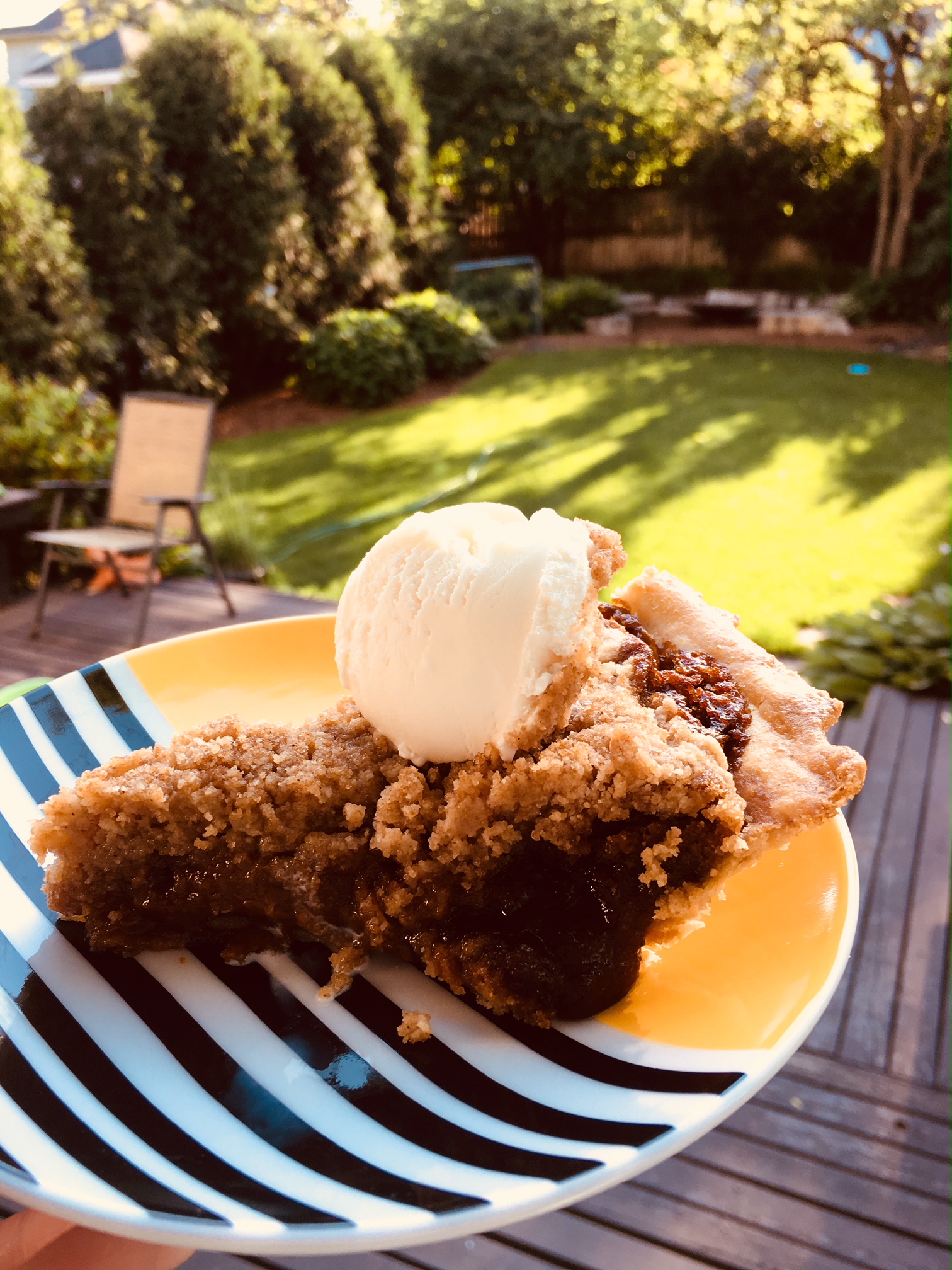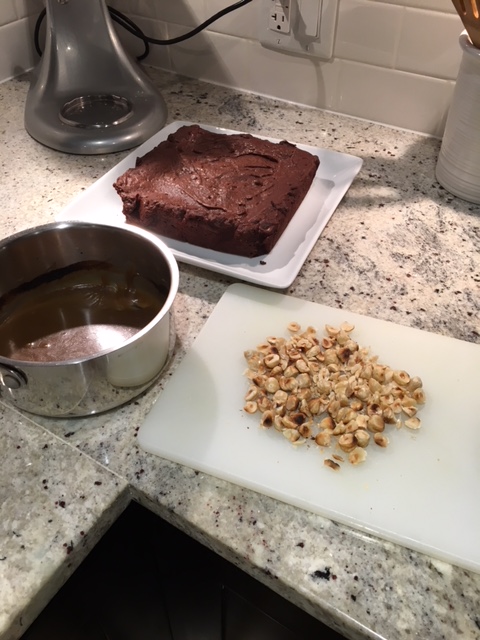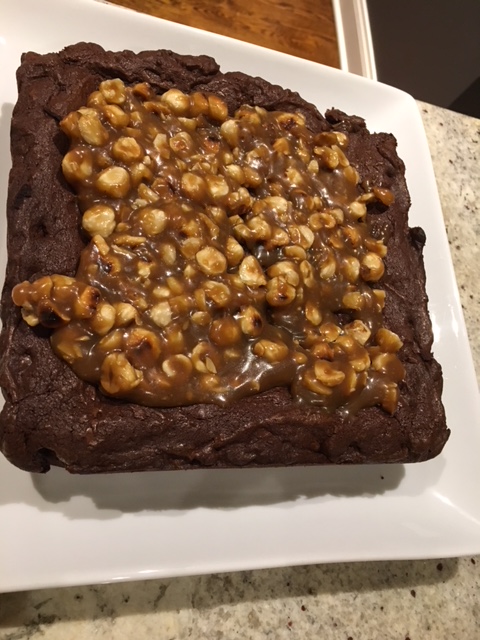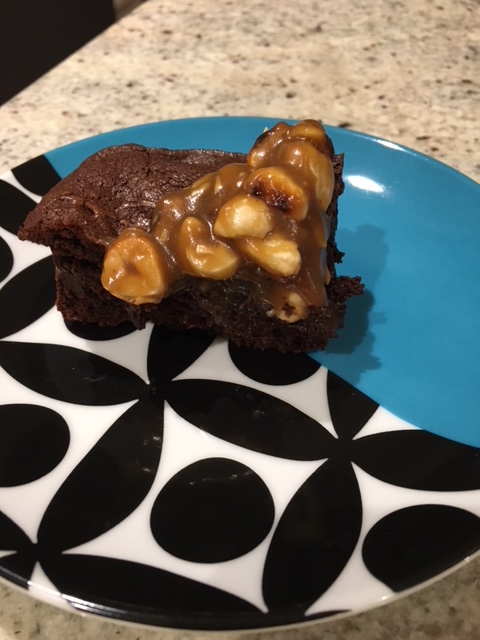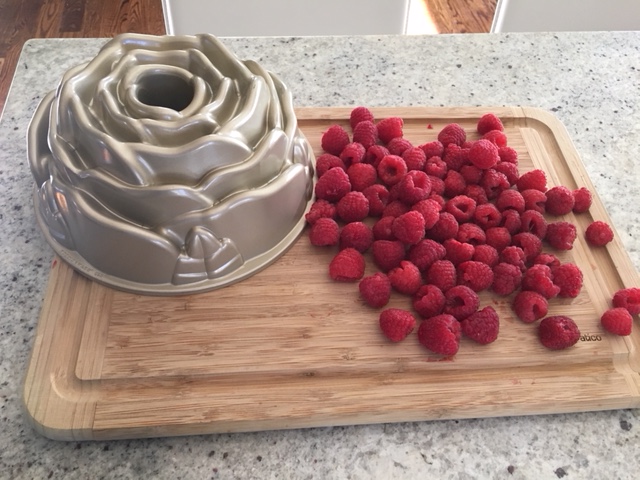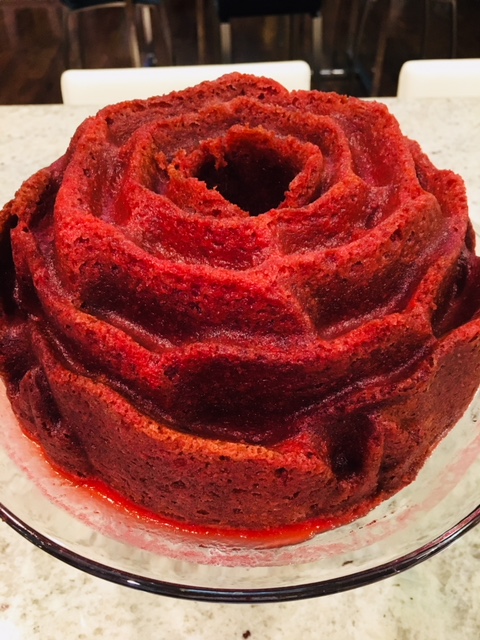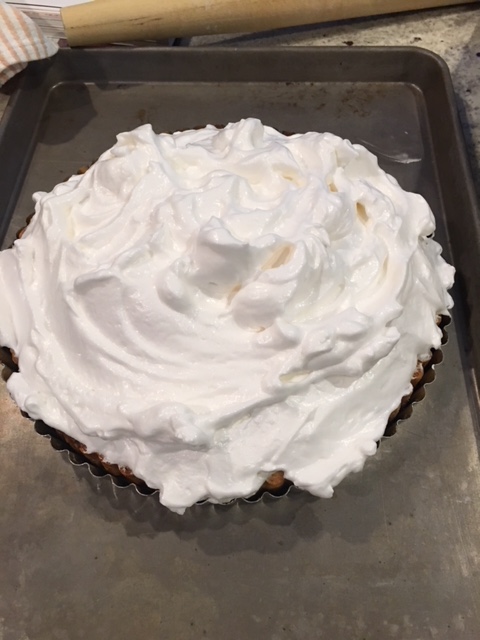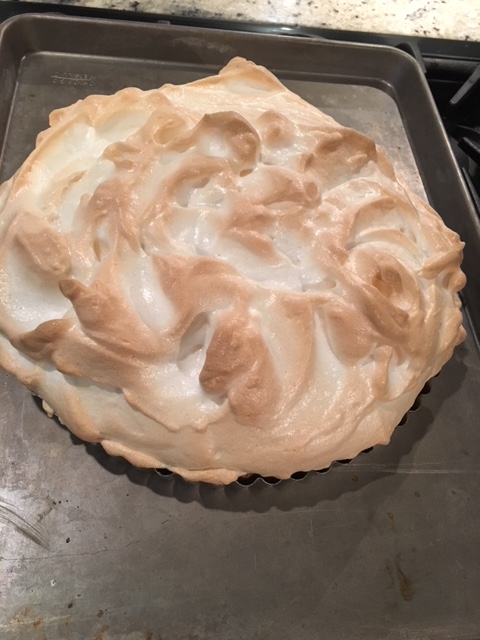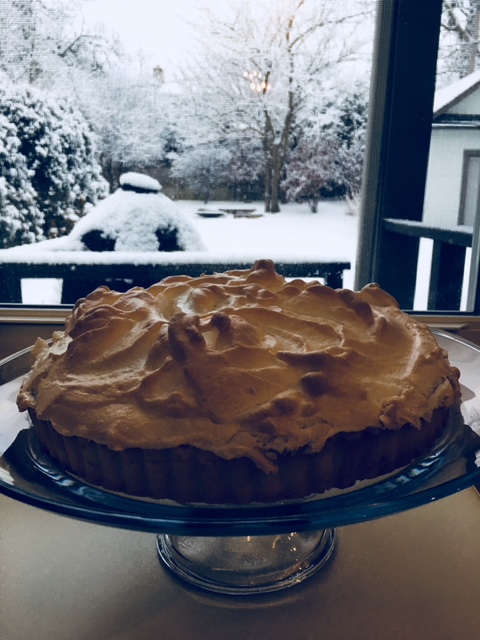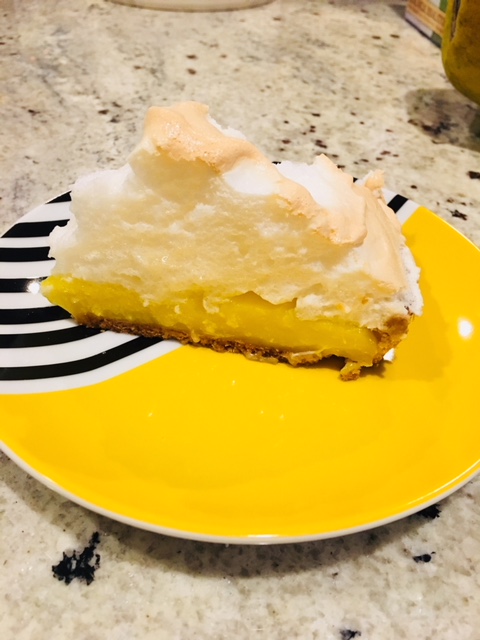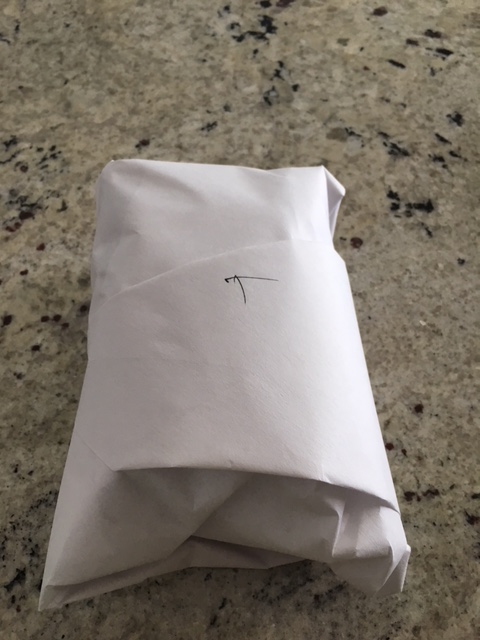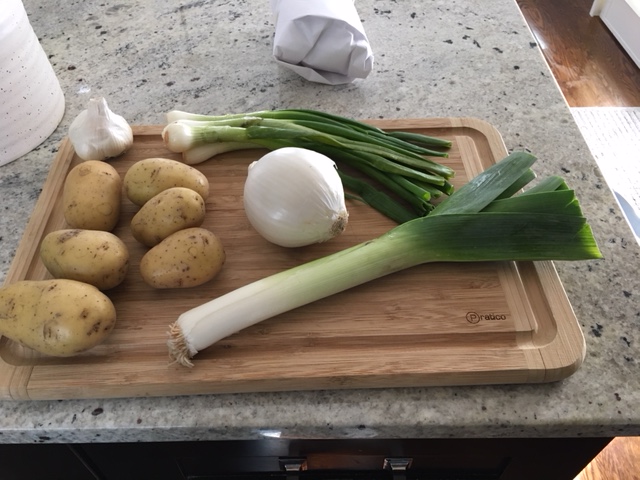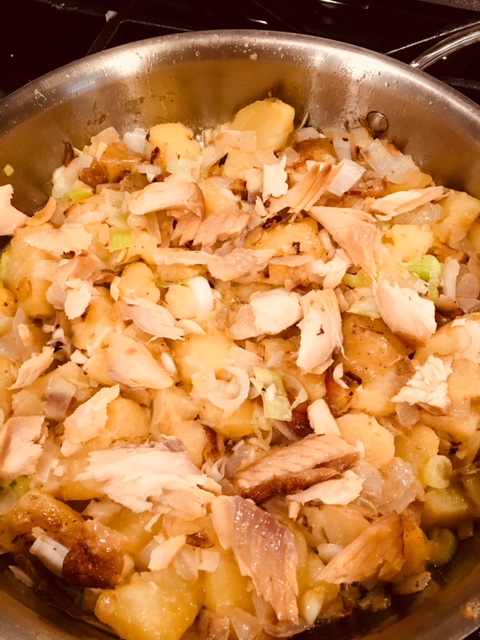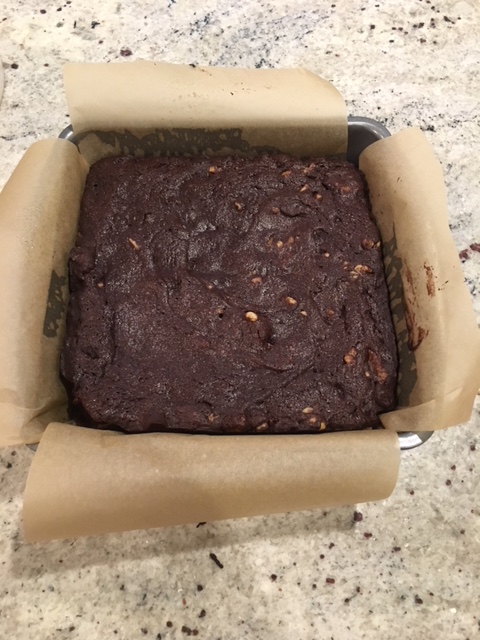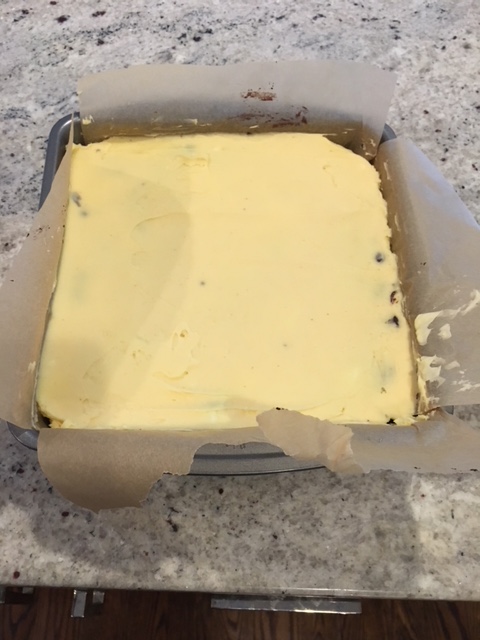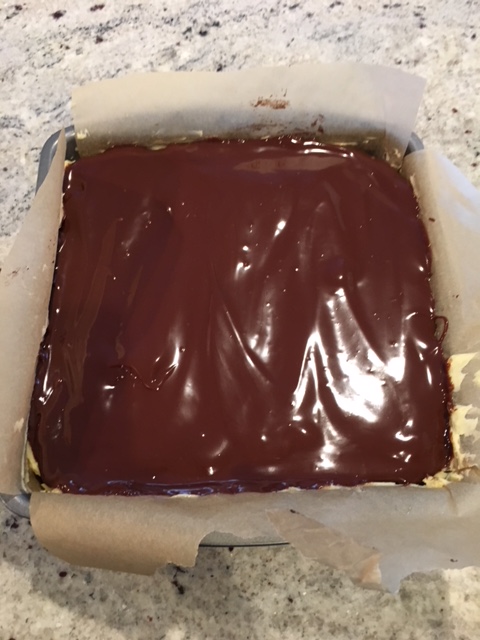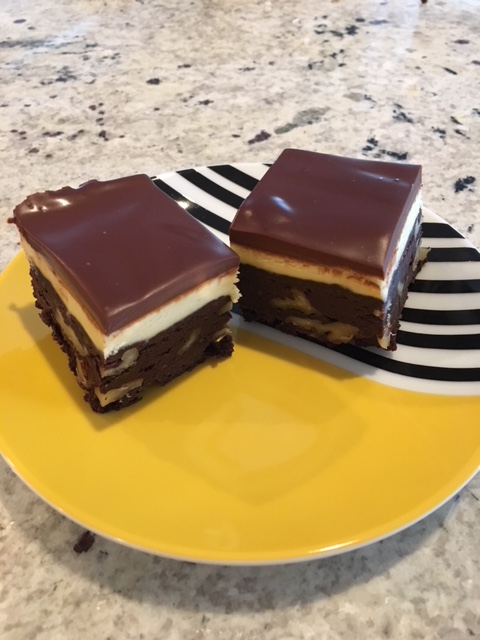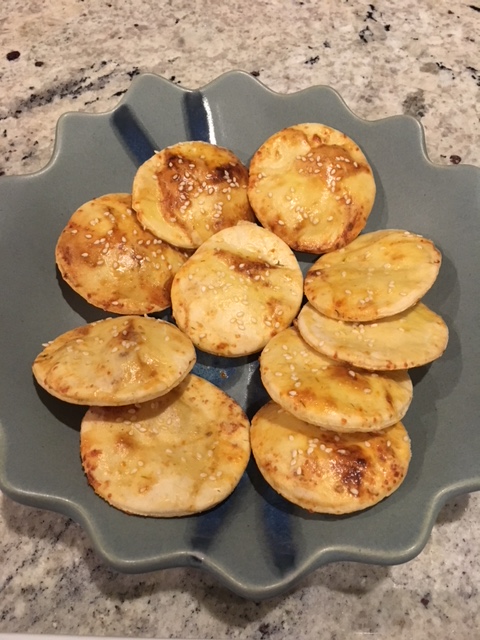Today, 26 Fructidor, we celebrate the bitter orange! Also known as the Seville orange, I couldn’t manage to get a hold of either, so I used some nice orange marmalade instead. According to a Telegraph article,
The story goes that marmalade was invented in 1700, when a storm-damaged Spanish ship, carrying Seville oranges, sought refuge in Dundee harbour. The cargo was sold off cheaply to James Keiller, a down-on-his-luck local merchant, whose wife turned it into a preserve.
Further research informs me that there is an annual marmalade festival at the Dalemain House in Penrith, England, (it skirts the very edge of the Lake District). Next year, it will be held on March 16, 2019, so we have plenty of time to plan where to stay.
From last year’s competition – only entries from Commonwealth countries were permitted:
His Royal Highness, The Prince of Wales, on his visit to Ullswater Steamers in Cumbria on Monday 26th March tasted the winning marmalade and Jane Hasell-McCosh, founder of the World Marmalade Awards, announced it as the winner. His Royal Highness thought it was delicious.
To celebrate bitter orange marmalade, I surrounded it with something extra sweet – cheese danish. The dough is yeasted and laminated with butter, much like the croissants we made in Ventôse. I used a dough recipe from the Joy of Cooking and a sweet cheese recipe from the New York Times.
Marmalade Danishes
For the dough
2 sticks of butter
2 tbs flour
1/2 cup warm whole milk
2 1/2 tsp active dry yeast
1 tbs sugar
2 cups plus 2 tbs all-purpose flour
2 tbs sugar
1/2 tsp salt
1/2 tsp unsalted butter, cut into small pieces
1 large egg
1 large egg yolk
For the cheese filling
8 ounces cream cheese
1 1/4 cup powdered sugar
1 large egg yolk
pinch of salt
1/4 tsp vanilla extract
2 tbs whole milk
I don’t think laminated dough lends itself to a verbal description very well and I forgot to take pictures while I was pounding and folding butter, so here are some good tutorials: a four-part YouTube video and a photographic tutorial.
I rolled the dough out to 18 x 9 inches and cut it into 3 x 3 inch squares. Using an egg wash, I pinched the corners in, as you can see in the first picture below. After that, I covered them with plastic wrap and let them rise for about an hour.
Pre-heat the oven to 425. For the sweet cheese, let the cream cheese come to room temperature and then beat it along with 1/2 cup of powdered sugar, an egg yolk, a pinch of salt and the vanilla. Mix until smooth and then put the mixture into a zip lock bag. When the danishes have completed their last proof, cut a half inch hole in the corner of the sweet cheese bag and then pipe the filling into the center of each dough blob. Brush the tops and sides of the dough with an egg wash. I added the marmalade in the middle of each blob at this point, but I think it would be better to wait to add the marmalade until after the danishes come out of the oven.
Bake the danishes for 10 minutes, rotate the sheets, lower the temperature to 375 and then bake (watch closely!) until they turn golden brown.
Whisk the remaining powdered sugar with the milk. Remove the danishes, let them cool and then add your marmalade or jelly of choice. Drizzle with the powdered sugar glaze and enjoy! His royal highness thought they were delicious.


